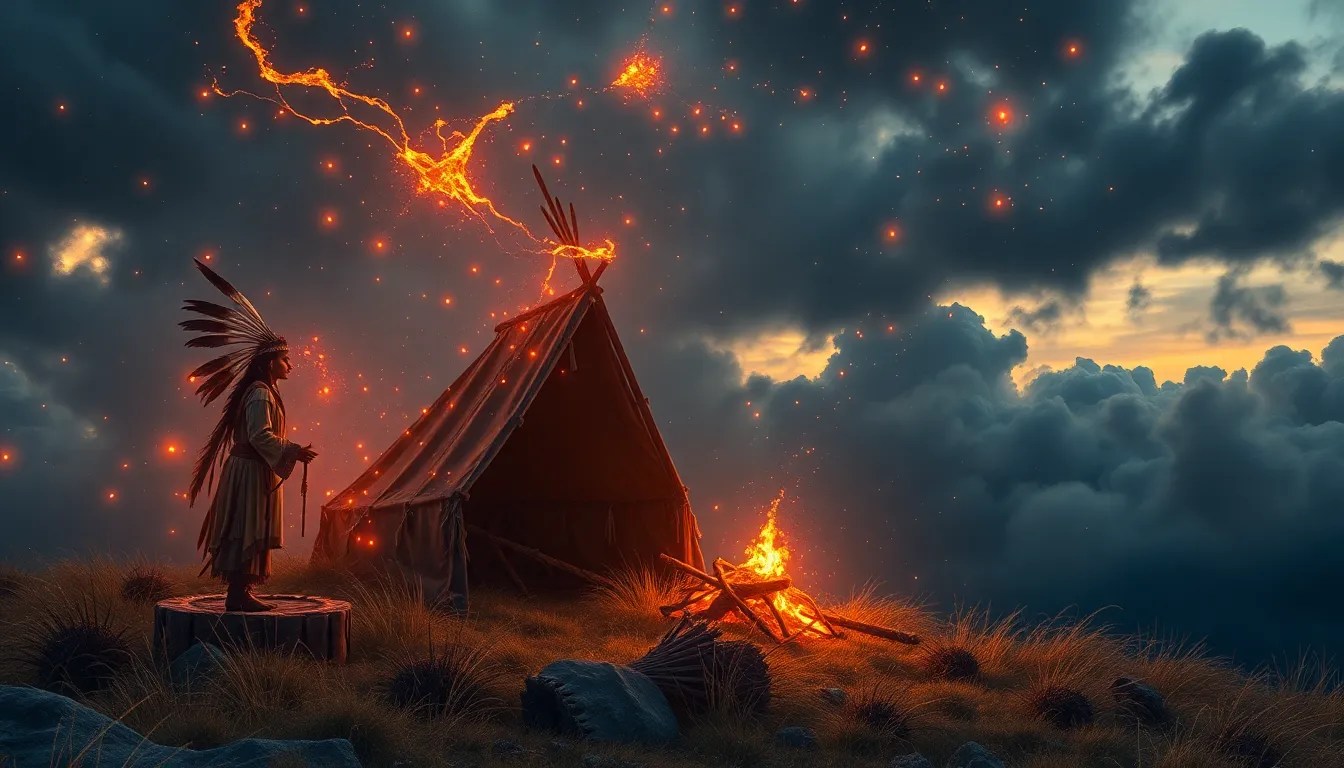The Role of Dreams in Iroquois Spiritual Practices
I. Introduction to Iroquois Spirituality
The Iroquois Confederacy, also known as the Haudenosaunee, is a group of Native American nations originally made up of the Mohawk, Oneida, Onondaga, Cayuga, Seneca, and later the Tuscarora. This confederacy is renowned for its sophisticated political system and influence on modern democratic practices. Spirituality plays a pivotal role in Iroquois culture, intertwining their daily lives with a deep connection to the natural world and the spiritual realm.
In Iroquois belief systems, dreams are not merely unconscious experiences but are viewed as profound messages from the spirit world. They are considered a vital aspect of spirituality, offering insights, guidance, and connections to the ancestors and the divine.
II. Understanding Dreams in Iroquois Belief Systems
Within Iroquois cosmology, dreams hold significant meaning and are categorized into various types:
- Prophetic Dreams: These dreams provide foresight about future events or warnings about potential dangers.
- Spiritual Dreams: These experiences often involve communication with spirits or ancestors and can offer guidance or knowledge.
- Ordinary Dreams: While less significant, these dreams are still viewed as reflections of one’s daily life and emotions.
The Iroquois believe that dreams serve as a bridge to the spirit world, allowing individuals to receive messages and insights that can influence their waking lives.
III. The Dreaming Process: Rituals and Practices
Before attempting to dream, the Iroquois engage in various rituals and preparations:
- Pre-dream Rituals: This may include purification rites, such as bathing or smudging with sacred herbs to create a receptive state of mind.
- Dream Incubation: Individuals often seek specific dreams by focusing on a question or intention before sleep, believing that the dream will provide clarity.
The community plays an essential role in dream interpretation. Elders and spiritual leaders are often consulted to help decode the meanings of dreams, emphasizing the collective nature of understanding spiritual messages.
IV. The Symbolism of Dreams in Iroquois Culture
Dreams are rich in symbolism, and many common themes appear in Iroquois dream narratives:
- Animals: Creatures often symbolize specific traits or messages. For instance, a bear may represent strength, while a deer might signify gentleness.
- Nature Elements: Water, fire, and earth can signify various emotional states or spiritual messages.
- Human Figures: Ancestors or spiritual guides who appear in dreams often provide wisdom or warnings.
Interpretations of these symbols are deeply embedded in cultural significance, often connected to legends and stories that illustrate the importance of dreams. For example, the story of the Great Spirit may emphasize the lessons learned through dreams and visions.
V. The Role of Dreams in Decision Making
Dreams are not just personal experiences; they can influence broader community decisions:
- Personal Choices: Individuals often turn to dreams for guidance in major life decisions, such as marriage or career paths.
- Community Decisions: Collective dreams shared among community members can sway important decisions, such as those related to governance or resource management.
- Historical Examples: There are instances in Iroquois history where leaders have made pivotal decisions based on dream insights, reinforcing the belief in dreams as a source of wisdom.
VI. The Influence of Dreams on Healing Practices
In Iroquois culture, dreams are also crucial for healing practices:
- Sources of Healing Knowledge: Dreams may provide information about illnesses or solutions for healing, guiding shamans and healers in their practices.
- Role of Shamans: Shamans are trained to interpret dreams and use these insights to heal individuals, often involving rituals that align with the messages received in dreams.
Case studies highlight instances where individuals have healed through insights gained from their dreams, demonstrating the profound connection between the spiritual and physical realms.
VII. Modern Perspectives on Iroquois Dream Practices
Despite the pressures of modernization, many Iroquois individuals and communities continue to honor their dream traditions:
- Continuation of Dream Traditions: Many contemporary Iroquois still engage in dream rituals, recognizing their relevance in today’s society.
- Impact of Modernization: While some traditional practices may have waned, there is a growing interest in reviving and adapting dream interpretations within modern contexts.
- Revitalization Efforts: Community initiatives often focus on educating younger generations about the importance of dreams and their meanings in Iroquois culture.
VIII. Conclusion
In summary, dreams hold a sacred place in Iroquois spirituality, serving as vital conduits of communication between the physical and spiritual worlds. They influence personal lives, community decisions, and healing practices, showcasing their multifaceted role in Iroquois culture. The legacy of dream practices continues to resonate, encouraging individuals to explore and understand their dreams as part of a rich indigenous tradition.
As we delve deeper into the significance of dreams in Iroquois spirituality, we are reminded of the importance of these practices in understanding not only Iroquois culture but also the broader context of indigenous beliefs worldwide.



